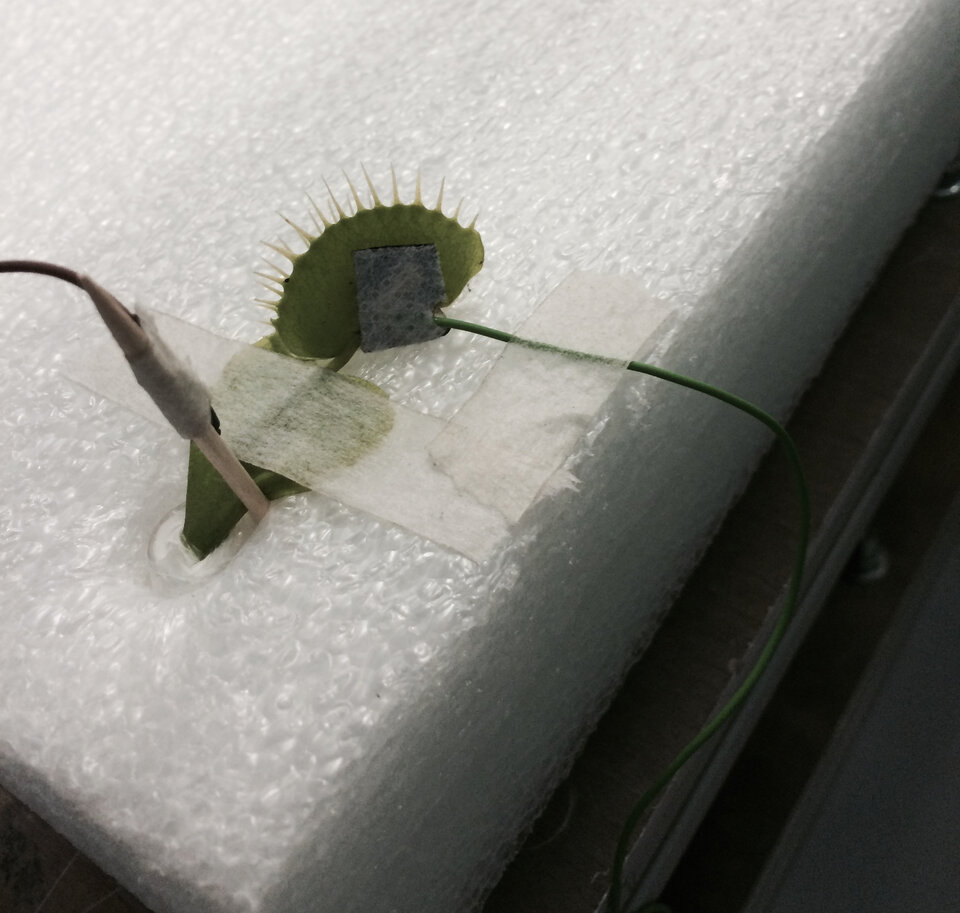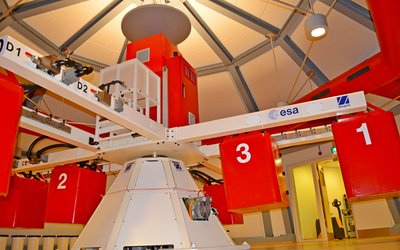Meet the teams: LINVenus
The LINVenus team is composed of three PhD students from the University of Florence. The team aims to study the propagation of Action Potentials (APs) and the closure movement of Dionaea muscipula (or Venus flytrap) plants in hypergravity.
![]()
![]()
![]() Study on the effects of hypergravity on action potentials propagation and trap closure movement in Venus flytrap
Study on the effects of hypergravity on action potentials propagation and trap closure movement in Venus flytrap![]()
| University | University of Florence |
| Endorsing professor | Elisa Masi University of Florence |
| Research assistant | Camilla Pandolfi University of Florence |
| Team | Enrico Pezzola, Giulia Atzori, Nicola Pellicciotta |

The Venus flytrap is a carnivorous plant able to catch insect preys thanks to a rapid shutting movement of its bilobed leaves. This is one of the most rapid movements ever reported in the plant kingdom and it is triggered by the stimulation of sensitive hairs located in the inner surface of each trap lobe. In addition, the stimulation of those mechano-sensitive hairs induces the generation of action potentials identical to those observed in animal kingdom.
The fast movement of Venus flytrap has been fascinating scientists since its discovery in the eighteenth century, but the closure mechanism still remains not well understood. In the past, different elastic and chemical models have been proposed to explain Venus flytrap closure. Interestingly, recent studies conducted during a parabolic flights campaign shows that in microgravity conditions there is a delay in the reaction to mechanical stimulation and also trap closure seems to be slower. At the opposite, in hypergravity (1.8g) both reaction time and closure are speeded up. These results exclude the involvement of the sole elastic mechanism in the closure movement of Venus flytrap, indicating the involvement of water membrane channels in a more complex hydro-elastic mechanism.
Our project has multiple purposes. First of all we would like to achieve a better comprehension of activation and propagation of APs in plants. In particular we would try to give a more precise explanation to the role of ion and water channels in activation and propagation of APs, and how and why gravity affects their functionality in the Venus flytrap. Secondly, we would like to understand the role of membrane channels in the closure mechanism of Venus flytrap and elucidate the alteration of their functionality in hypergravity conditions and their gravity dependence. We also think that our results could lead to a broader understanding of APs, both for the plant and the animal kingdom. This could have a more practical implication since a more detailed comprehension of APs in plants could lead to the replacement of animal models with plant models in gravity related experiments, with both ethical and practical advantages.






